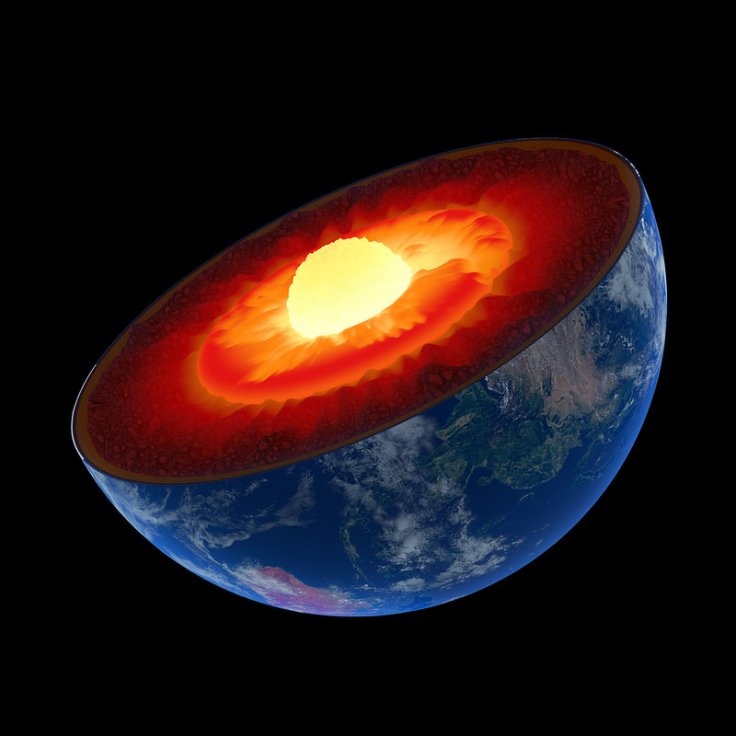A new study carried out by a team of international researchers has found that a massive anomaly on the earth's inner mantle could be the remnants of a cosmic collision that led to the formation of the moon.
According to the study team, this cosmic hit could have happened around 4.5 billion years ago, and the impact of this deadly collision still remains in the mantle of the blue planet.

This research not only offers vital clues regarding the formation of the moon but also gives valuable insights into the evolution of the solar system.
A massive collision that created the moon
According to experts, around 4.5 million years ago, a massive collision happened between primordial Earth (Gaia) and a Mars-sized proto-planet known as Theia. These experts believe that the moon was formed from the debris of this collision.
Several simulations have revealed that the moon likely inherited material primarily from Theia, while Gaia, due to its much larger mass, was only mildly contaminated by Theian material.
During this recent study, a team led by Prof. Deng Hongping of the Shanghai Astronomical Observatory (SHAO) of the Chinese Academy of Sciences discovered that the early Earth faced mantle stratification after the cosmic collision, with the upper and lower mantle having different compositions and states.
More insights into earth's interior
According to the study report published in journal Nature, the upper mantle at that time had a magma ocean, while the lower mantle remained largely solid and retained the material composition of Gaia.
"Previous research had placed excessive emphasis on the structure of the debris disk (the precursor to the moon) and had overlooked the impact of the giant collision on the early Earth," said Hongping.
The research team believes that this mantle stratification could be present even in the present day, corresponding to the global seismic reflectors in the mid-mantle. They also suggest that the entire lower mantle of the Earth may still be dominated by pre-impact Gaian material, with higher silicon content compared to the upper mantle.
"Our findings challenge the traditional notion that the giant impact led to the homogenization of the early Earth," said Hongping.
He added: "Instead, the moon-forming giant impact appears to be the origin of the early mantle's heterogeneity and marks the starting point for the Earth's geological evolution over the course of 4.5 billion years."
Dr. Yuan Qian from the California Institute of Technology said that the finding could help unveil the history of the solar system.
"Through precise analysis of a wider range of rock samples, combined with more refined giant impact models and Earth evolution models, we can infer the material composition and orbital dynamics of the primordial Earth, Gaia, and Theia. This allows us to constrain the entire history of the formation of the inner solar system," said Qian.









